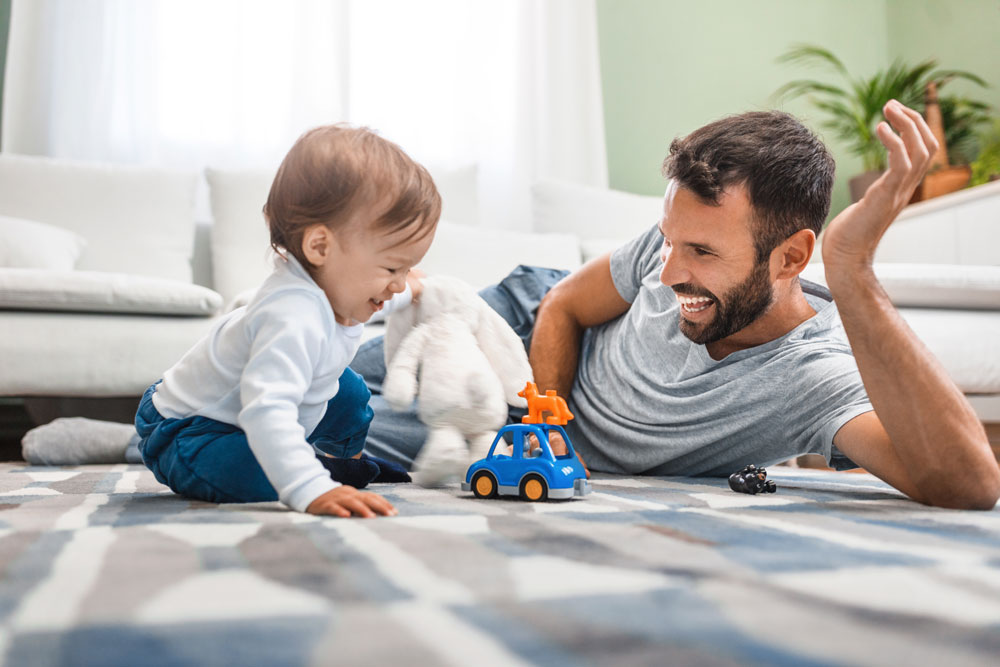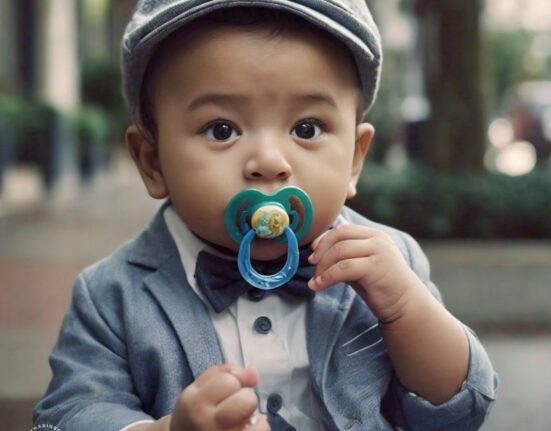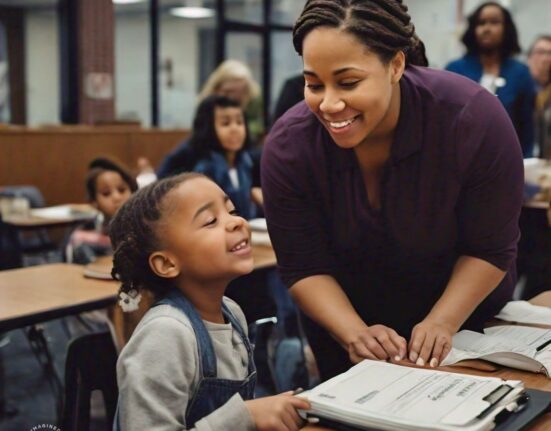From birth to 5 the brain of a child undergoes unprecedented structural and functional changes, the development of brain structures and interconnections between various parts of the brain that occurs during this period cannot be compared to any other life stage.
At birth, the average baby’s brain is about a quarter of the size of the average adult brain. During the first year of life, the size of the brain doubles, and it continues to grow to about 80% of adult size by age 3 and 90% – nearly full grown – by age 5.
During the early years of life children have a unique opportunity to develop the neural connections they need to become capable and successful grownups. Specific connections that are built during this time and that are much harder to form later in life include higher-order abilities, such as motivation, emotional self-regulation, problem solving, and communication.
These crucial brain connections are built through daily experiences of positive interactions with caregivers and parents. The amount of quality interactions with adults that children receive in the early years will determine the developmental trajectory.
Loving relationships with responsive, caring, and reliable adults are essential to a child’s healthy development. These relationships may begin in the child’s family environment, however they also include teachers, day care staff, members of the community, etc.
Child-adult interactions that are attentive and responsive build the foundation for all future learning. Developmental scientists label these attentive and responsive interactions as “serve and return”.
There are 5 steps to “serve and return” interactions, and remember – it takes two to play.
Step 1 – Sharing the focus with the child, aka “noticing the serve”. Your child may express an interest in a particular object by pointing to it, moving arms and legs, moving close to that object, and vocalizing. All of these behaviors constitute a “serve”. Pay attention to these behaviors, then note and share the child’s focus (e.g., “ I see that you like this one…”, “Do you need help getting this toy ?” etc.)
Step 2 – Support and encourage the child ( say things such as “that’s right” or use a facial expression that conveys a sense of approval and support). This promotes curiosity and desire to explore the world.
Step 3 – Name it. Use appropriate verbal labels for the objects that drew the child’s attention and add more information about the object (e.g., “here is a shiny red ball that I’m holding in my hand”).
Step 4 – Keep taking turns and wait. When you return the child’s serve, you need to give them a chance to respond. By waiting, you are giving the child an opportunity to form an idea and build confidence.
Step 5 – Practice beginnings and endings of serve-and-return interactions. Children will most definitely signal when they are done with an activity and ready to move on. Pay close attention to behavior signaling the ending of serve-and-return dance. When you can find moments for children to take the lead, you can practice more serve-and-return interactions.
Have fun playing with your child and remember that there is no credible scientific evidence to support the idea that specialized media content can enhance brain development of a child. Brain development is dependent on quality serve-and-return REAL life interactions with caring and dependable adults.






